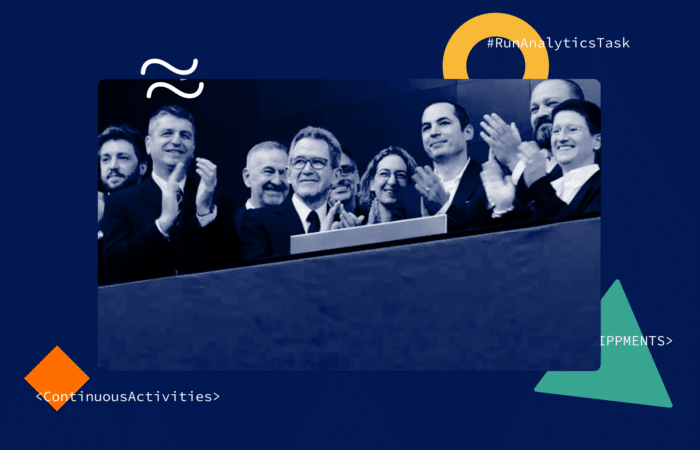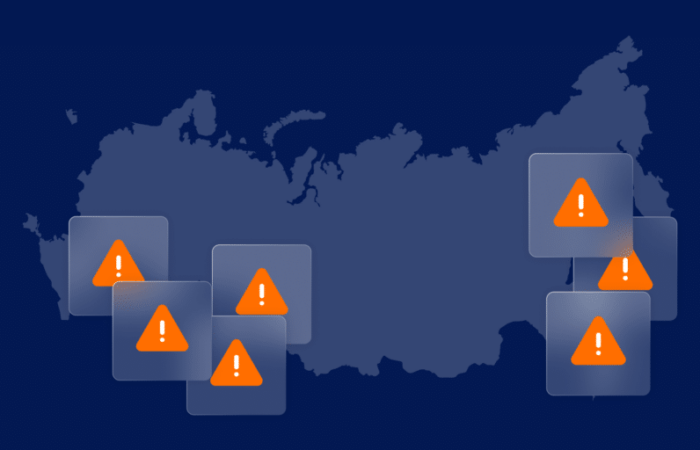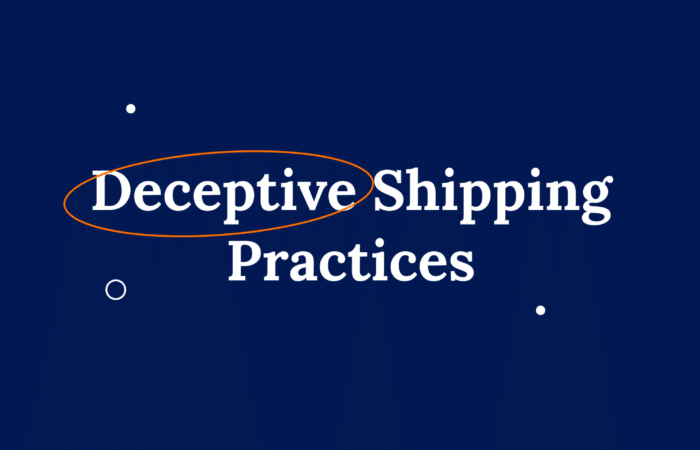P&I: A Time of Renewal

What’s inside?
It happens every year. Due diligence is carried out across the continent. Management deliberates. And – ultimately – vast sums of money change hands. This may sound like European football’s transfer window, but I am of course talking about P&I (protection & indemnity) renewal season.
It’s of course a little bit more complicated than choosing which overpriced player to splash out on. It involves deep, months-long analysis, benchmarking and discussing with owners how to reduce ship risk profiles. And while somewhat less glamorous than the beautiful game, in the world of marine insurance, it’s a very big deal. According to IUMI, P&I Clubs, mutually-owned insurers that account for about 90% of P&I premiums, wrote $3.3 billion of policies last year.
Selecting which fleets to underwrite and how much to charge are among the two most important decisions a P&I insurer will make all year. Improving their ability to predict losses can go a long way in helping price these policies appropriately, enabling them to gain a competitive advantage.
To do that, though, requires being better able to predict navigational claims. As the Swedish Club has noted, two of the most expensive categories in P&I claims (for tankers) involve collision (accounting for 12.5% of costs) and grounding (10%). Other claim types, like Cargo, which account for more than one-third of costs, are also often connected to navigation, as is exposure to bad weather, per the case of the MSC Zoe .

Navigational accidents are also a major component of insured losses for Hull & Machinery (H&M), accounting for around half of all claims. So it makes sense that some P&I Clubs have built on their marine expertise to write H&M policies off the back of their P&I book, further strengthening the connection between both.
| Operational Profile: Windward has created what we call an Operational Profile for every vessel. It’s a unique, continually-updating composite of a ship’s operations. Our machine learning algorithms then use these profiles to predict a ship or fleet’s level of risk. |
Predicting navigational claims is not science fiction. By incorporating dynamic data and operational profiles (see box) into their calculations, insurers can identify the ships and fleets which are more likely to be involved in accidents, such as grounding and collision. Take the recent explosion in the Kerch Strait. The Windward platform rated the two tankers involved as 5/5, or “very high risk”, for the likelihood of their having a navigational accident, such as collision or grounding (see image).

In a recent study we carried out with a major H&M carrier, we found that the predicted highest-risk decile for a portfolio accounted for one-quarter of all losses the following year (see chart). The analysis showed that vessels in this group weren’t only more prone to accidents in terms of frequency, but also had higher average losses – in the main part because of navigational claims.

Other recent studies we’ve done with fixed premium P&I providers show that due to the strong weight of navigational claims (sometimes amounting to three-quarters of the yearly cost of claims) operational profiles remain a strong predictor of loss.
In other words, predicting navigational claims can be just as powerful for P&I policies as they are for H&M ones. They can build on the same models that predict H&M claims to improve actuarial models and support loss prevention efforts. Both Paul Jennings, the new Chairman of the International Group of P&I Clubs, and Marsh’s Richard Adler, have called for the mutual insurers to adopt new technologies. As any football manager looking at transfer targets knows, there’s no substitute for good data analysis.
Ami Daniel is Co-Founder & CEO of Windward.











